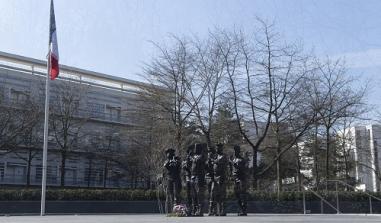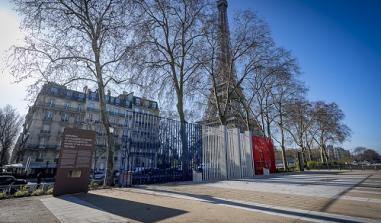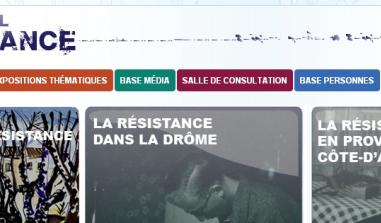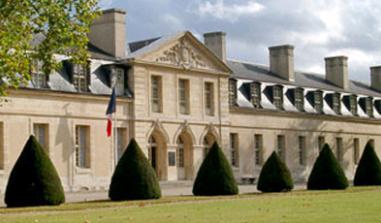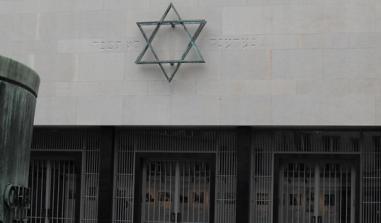The Army's Health Service Museum
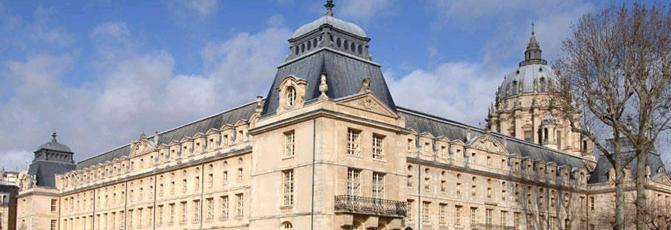
Vue d'ensemble. ©Dicod - site ecole-valdegrace.sante.defense.gouv.fr
The Army's Health Service Museum, is situated in the monument grouping of Val-de-Grâce in a splendid cloister. ..
A prestigious museum The Army's Health Service Museum, is situated in the monument grouping of Val-de-Grâce in a splendid cloister. This museum is a traditional institution, which was completely restructured and attached to the Army's Health Service School. A historic site The Benedictine abbey, transformed into a military hospital in 1793, and thus preserved from the revolutionary destructions, was built on the XVII Century. It results from the wish of Anne of Austria, thanking this way the birth of Louis XIV. Its realization is the result of the work of several famous architects, for example: François Mansart, Jacques Lemercier, Pierre Le Muet, Pierre Mignard, Michel and François Anguier. The church symbolizes the nativity and is the most sculptured church of France. It is the most exhaustive example of the French Baroque art.
The voluntary pedagogic presentation of the collections helps to give, to all kind of visitors, a better understanding of the bases and multiple vocations of the Medicine of the Armies. Every topic is further developed by the use of an audio-visual production. It is developed in occasion of temporary exhibitions. The first halls of the museum evoke the personnel of the Health Service, in particular the evolution of their uniforms and their teaching. It also illustrates the principal mission of the service : the medical support of the armed forces during the conflicts, from the collecting of the wounded men on the battle spots and their evacuation, to the hospitals in the rear on the ground, the sea and the air.
The visitor also discovers the research activities of the Health Service, which so often were put into rhythm by the conflicts and for the benefit of the armies. The wax forms point out the research activities in the oral and face surgery field, during the war of 1914-1918. The Carli, Sudre or Leriche statuettes testify to the research of the Health service in the domain of the psychiatry. A decompression chamber as well as a "Véronique" rocket head, illustrates the underwater medicine and the aerospace medicine. The research undertaken by the military pharmacists, during their discovery journeys around the world, on war poisons is exhibited as well.
The participation of the Army's Health Service in the civil domain is recalled since the XIX century, by its human actions, its care for the population, the creation of medical schools or Pasteur Institutes and the fight against the big diseases. Exemples are Calmette, Yersin, Jamot. The Army's Health Service has also a vast experience in the progress of hygiene. In particular the food and clothing hygiene but also the general house and behaviour hygiene. Its experience is predominant in the fight against metropolitan or exotic infectious diseases. For example, diseases like typhoid, meningitis, the plague, the viral hepatitis and malaria.
The visitor can also admire the collection of pharmacy objects of the doctors Debat. It is fitted out in the old kitchens of the Benedictine nuns and gathers Italian and French pieces of earthenware, instruments of medicine and mortars. The "Majoliques" are Italian ceramics of the Renaissance and which illustrates the production of Faenza, Montelupo, Deruta or Venice. Here it is possible to discover the instruments of the pharmacy and medicine domain, like the amputation saws or special trepans, first-aid kits and microscopes, for the majority coming from the 18th century. A pharmacy is reconstituted and exhibits earthenware and porcelains coming from Ile-de-France or the Netherlands. Other ceramics, coming from factories in Lille, Rouen, Nevers, Nîmes, Saint-Cloud, or also in the South-west or even the Far East are exhibit close to the blown glass bottles. The collection of the 103 mortars is one of the most prestigious worldwide. This splendid typology shows objects of the ancient Egypt to our days, coming from productive areas and realized in all kind of materials.
Museum of the Arm's Health Service (Musée du Service de Santé des Armées) : 1, place Alphonse Laveran 75230 Paris Cedex 05 Tél. : 01 40 51 51 92 - Fax : 01 40 51 51 93 Timetable Tuesday, Wednesday, Saturday and Sunday : from 12 a.m. to 5p.m. Group visits on reservation under the Phone number : 01 40 51 51 94 Tariffs Adults :4,60 €. Children (under 12 years) : 2,30 €. Free entrance for children less then six years, active militaries, the civil staff of the Ministry of Defence. Public Transports RER (Train) : Port-Royal. Subway : Goblins. BUS : 91, 83.
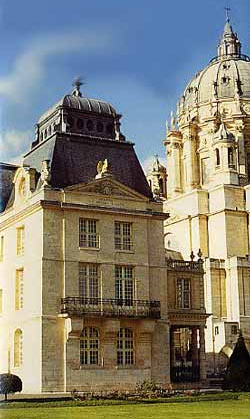
Le Val de Grace. Source : Service de Santé des Armées
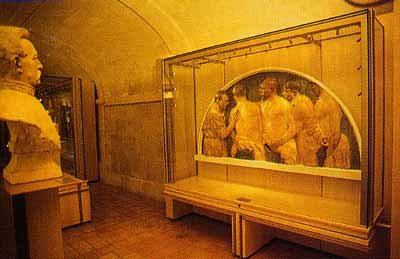
Source : Musée du service de santé
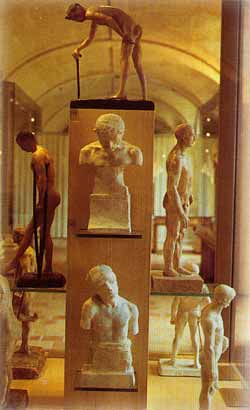
Source : Musée du service de santé
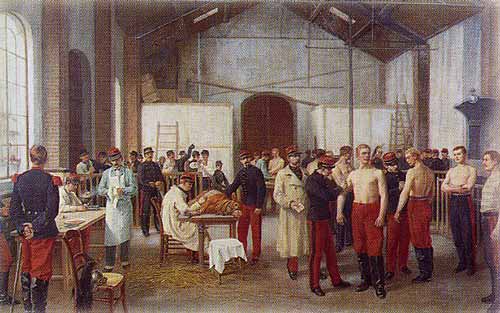
Source : Musée du service de santé
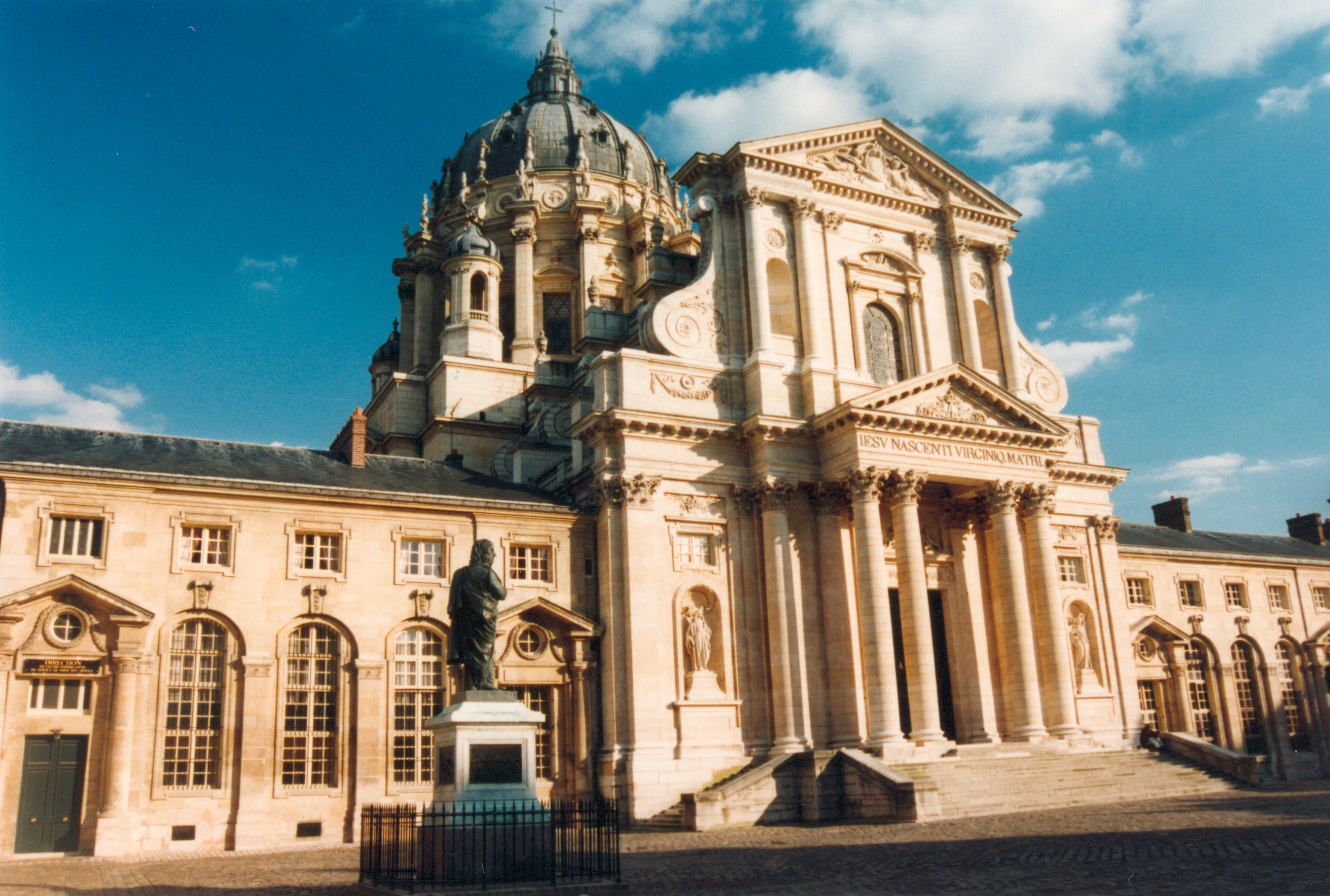
Practical information
Val-de-Grâce 1 place Alphonse Laveran 75005
Paris
01 40 51 51 92
Adultes : 4,60 € Enfants (moins de 12 ans) : 2,30 € Gratuit pour les enfants de moins de six ans, les militaires en activité, le personnel civil du ministère de la Défense
Mardi, Mercredi, Samedi et Dimanche : 12h à 17h (Fermeture des salles à 18h00)


